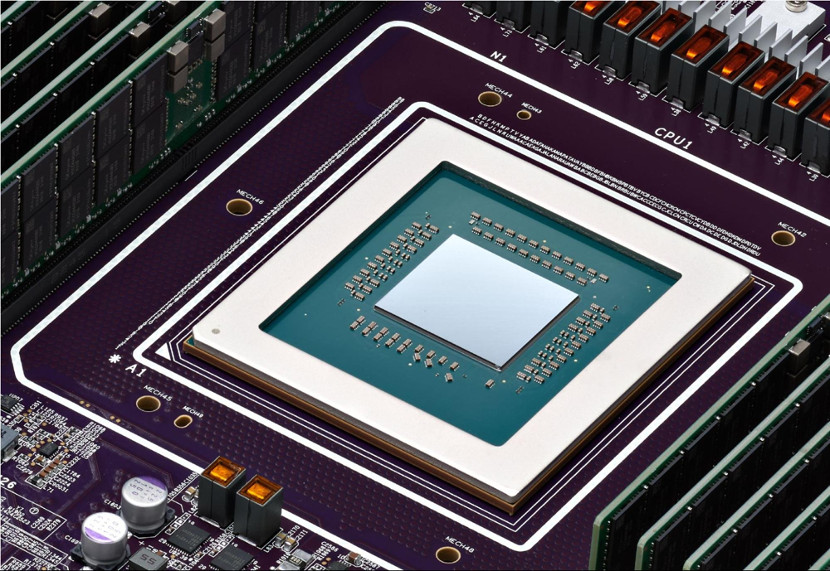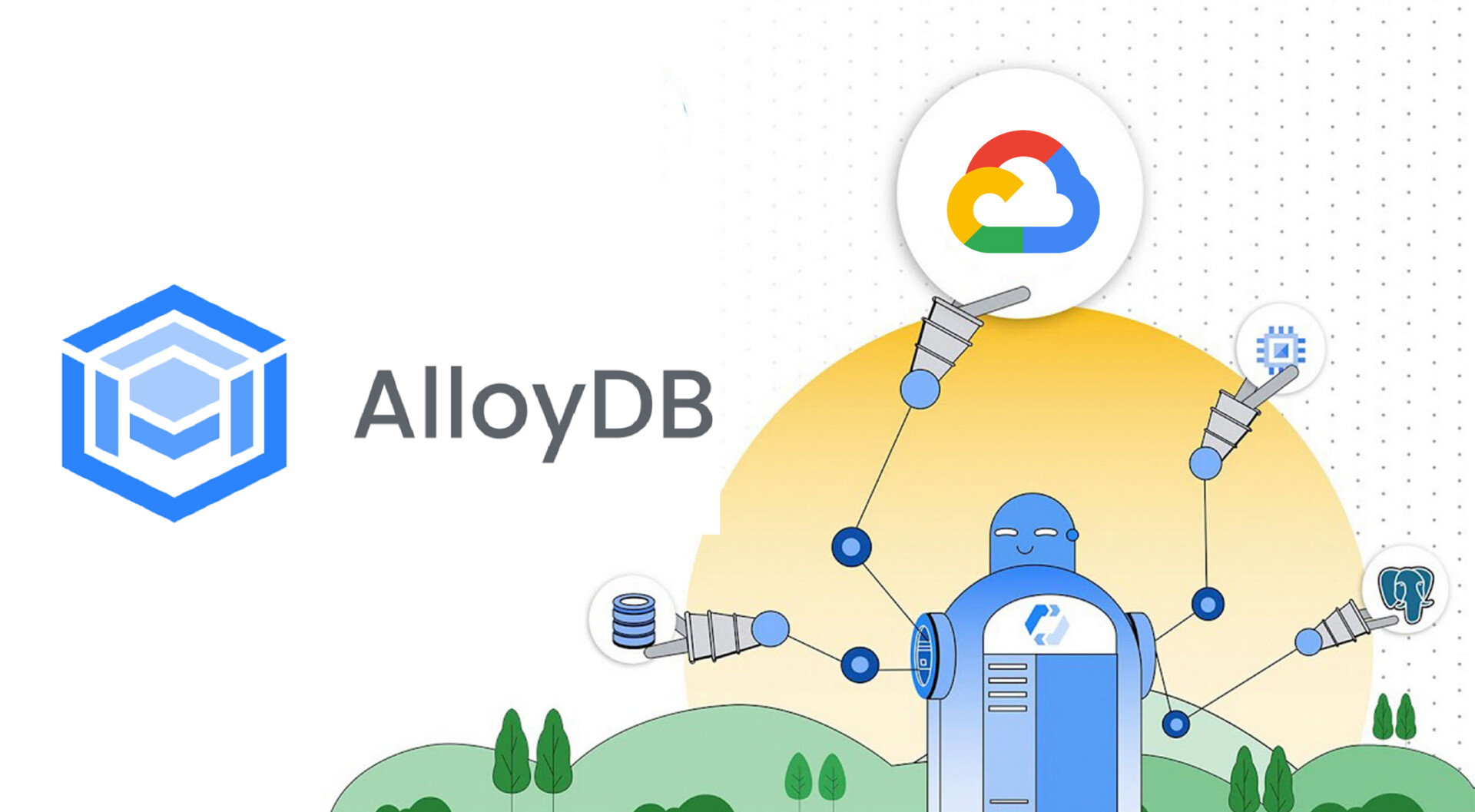Google Cloud Platform (GCP) consistently strives to deliver cutting-edge performance and energy efficiency in its infrastructure. In pursuit of this goal, Google has developed Axion, a custom Arm-based central processing unit (CPU) specifically designed for data centers. A crucial element in Axion’s success is its integration with Titanium, a proprietary system of silicon microcontrollers and offload engines. This article examines how the architectural synergy between Axion and Titanium contributes to the overall performance and efficiency of Google Cloud’s infrastructure.
Axion: A Custom Arm-Based CPU for Data Centers
Axion, Google’s first custom Arm®-based CPU, was designed to meet the demanding performance and efficiency requirements of modern data center workloads. It represents a significant step forward in general-purpose computing, aiming to address the slowing rate of CPU improvements in recent years.
Key Features of Axion:
- Arm Neoverse™ V2 CPU Core: Axion leverages the high-performance Arm Neoverse™ V2 CPU core to achieve exceptional performance.
- Standard Armv9 Architecture: Built on the standard Armv9 architecture and instruction set, ensuring broad compatibility and ease of deployment.
- SystemReady Virtual Environment (VE) Compliance: Adherence to Arm’s SystemReady VE standard guarantees seamless interoperability with various operating systems and software packages, simplifying workload deployment.
Titanium: A System of Specialized Offloads
Titanium is a system of purpose-built custom silicon microcontrollers and tiered scale-out offloads designed to work in concert with Axion. By offloading specific tasks from the CPU, Titanium enables Axion to dedicate more resources to customer workloads and achieve higher performance levels.
Key Components of Titanium:
- Custom Silicon Microcontrollers: These microcontrollers manage various platform operations, freeing up Axion processors.
- Scale-Out Offload Engines: Specialized hardware units within Titanium handle specific tasks, such as networking and security, more efficiently than a general-purpose CPU.
Synergy Between Axion and Titanium
The integration of Axion and Titanium creates a powerful synergy that significantly enhances the performance and efficiency of Google Cloud’s infrastructure.
- Offloading Platform Operations
Titanium’s specialized offload engines handle tasks like networking and security, which are typically CPU-intensive. This offloading frees up Axion processors to focus on customer applications and workloads, resulting in improved performance and responsiveness.
- Storage I/O Optimization
Titanium plays a critical role in optimizing storage I/O operations by offloading them to Hyperdisk, Google’s advanced block storage service. This decoupling of storage performance from instance size allows for dynamic provisioning of storage resources, further enhancing efficiency.
- Performance Gains
The combination of Axion’s high-performance Arm Neoverse™ V2 core and Titanium’s offloading capabilities delivers significant performance improvements. Axion-based instances demonstrate:
- Up to 30% better performance than the fastest general-purpose Arm-based instances available in the cloud.
- Up to 50% better performance than comparable current-generation x86-based instances.
4. Energy Efficiency
Axion and Titanium contribute to Google Cloud’s ongoing efforts to optimize energy consumption and reduce environmental impact. Axion-based instances achieve:
- Up to 60% better energy efficiency than current-generation x86-based instances.
This energy efficiency aligns with Google’s broader sustainability goals, which include operating offices, campuses, and data centers on carbon-free energy 24/7.
Benefits for Google Cloud Customers
The architectural advantages of Axion and Titanium translate into tangible benefits for Google Cloud customers:
- Enhanced Performance: Faster processing speeds and improved responsiveness for a wide range of workloads, including web and app servers, containerized microservices, databases, data analytics, and AI/ML tasks.
- Cost Savings: Increased efficiency leads to reduced infrastructure costs, enabling customers to achieve more with their cloud budgets.
- Sustainability: Lower energy consumption contributes to a reduced carbon footprint, aligning with the growing emphasis on sustainable computing practices.
- Broad Application Compatibility: Axion’s adherence to the Armv9 architecture and SystemReady VE standard ensures seamless compatibility with a vast ecosystem of software and applications.
Conclusion
The integration of Axion’s custom Arm-based architecture with Titanium’s specialized offloading capabilities marks a significant advancement in Google Cloud’s infrastructure. This synergy delivers substantial performance gains, enhanced energy efficiency, and a wide range of benefits for customers. As Google continues to invest in custom silicon and innovative system designs, Axion and Titanium are poised to play a central role in shaping the future of cloud computing, driving performance, sustainability, and customer value.
Sources: https://cloud.google.com/compute/docs/cpu-platforms
https://cloud.google.com/blog/products/compute/introducing-googles-new-arm-based-cpu






